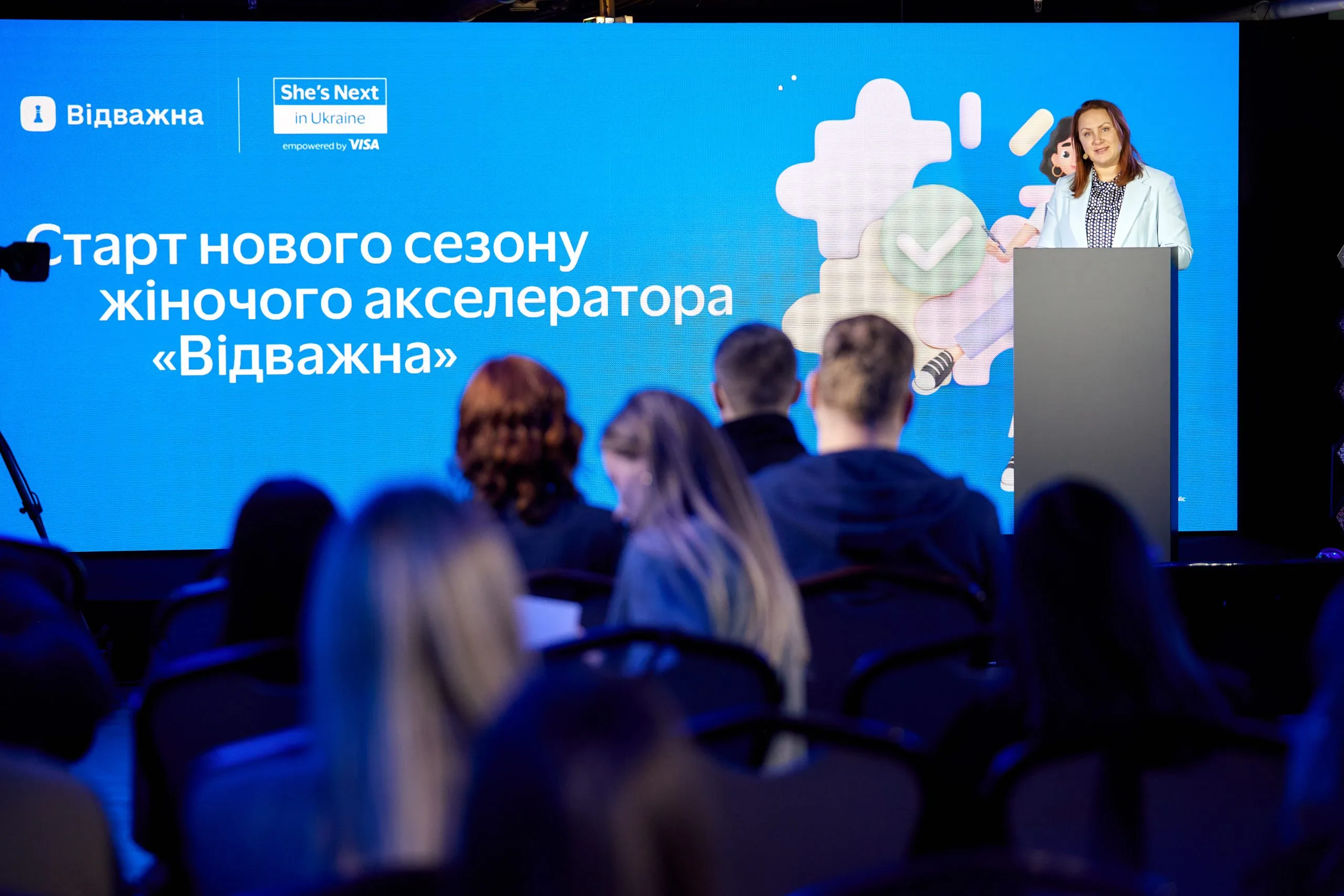The start-up ecosystem in Central Asia and the Caucasus has seen considerable expansion recently, showcasing a developed environment ripe with successful start-ups, supportive foundations, and active business angels.
The transition from prioritising quantity to enhancing the quality of product development and business aspects signifies a more mature start-up community.
Furthermore, many countries in the region are actively taking steps to foster start-up growth. These efforts include establishing specialised agencies, IT parks, free economic zones, and public financing initiatives. These strategic measures have laid the foundation for establishing the essential elements needed for a thriving venture ecosystem.
Now, a new study from RISE Research, along with EA Group and BGlobal Ventures, in partnership with Crunchbase and KPMG Central Asia and Caucasus, and with support from the Republic of Kazakhstan’s Ministry of Digital Development, Innovation, and Aerospace Industry, reveals that over the last five years, the volume of venture capital investments in the region has seen a substantial increase, growing more than fivefold.
“The trend is particularly evident in the early stages of financing, such as pre-seed and seed rounds, with Kazakhstan, Georgia, and Azerbaijan leading the way. As the local venture capital ecosystem continues to expand, we anticipate that companies will make significant strides in securing early-stage investments throughout 2024 and in the years to follow,” says Gené Teare, senior data editor at Crunchbase News.
In 2023, the total amount of VC funding surpassed 110 million US dollars. Such financing in the region is expanding at a quicker pace compared to the Nordic regions, Europe (excluding the Central and Eastern Europe region), and the global venture capital market as a whole.
However, despite its rapid growth, the venture capital sector in this region remains relatively small in the medium term, adds Ainur Zhanturina, founder of RISE Research. “This suggests that there is ample room for further investments.”
Kazakhstan the regional leader
Kazakhstan has emerged as the leader in the region in terms of both venture financing volumes and development rates. In the past six years, the volume of venture capital transactions in the country has surged by over sixfold, reaching upwards of 80 million US dollars in 2023.
The average size of transactions has grown 3.8 times over the last six years, reaching one million US dollars in 2023. The transaction sizes are significantly influenced by international investors, who show keen interest in local projects and invest substantially in local startups. Local investors contribute to just 45 per cent of the total investment volume.
“As a Kazakhstani entrepreneur with aspirations on a global scale, I take great pride in Kazakhstan’s leading role in this swiftly evolving sector. This report positions Central Asia prominently on the global stage, drawing international focus and investment that are set to propel the upcoming surge in innovation and entrepreneurship,” says Erik Aubakirov, CEO at EA Group Holding.
Uzbekistan has also experienced growth in the volume of venture capital investments. In 2023, venture capital transactions in the country surpassed six million US dollars, doubling the volume from the previous year.
In 2023, international investors were responsible for 60 per cent of all investments made in Uzbekistan. Among local investors, government organisations are the predominant source of investments. In 2023, the average size of transactions by venture capital funds was 204,000 US dollars.
Georgian growth
Georgia is also experiencing growth in venture investment volume. Last year, the total venture financing in the country exceeded 21.6 million US dollars, marking a four-time increase from 2022. The notable growth in 2023 can be attributed largely to four major transactions involving Pave Bank, Cargon, Hexacore, and CityPay.io, which collectively represent more than half of the total investment volume.
Experts point out that the advancement of the venture capital market in Georgia was primarily driven by the establishment of the Georgia Innovation and Technology Agency (GITA). GITA supports the growth of early-stage startups and the attraction of foreign venture funds by offering grants, training, and technical assistance.
“The regional venture capital market is increasingly drawing investment interest due to its robust growth dynamics and the enhanced quality of projects,” says Abay Absamet, CEO of BGlobal Ventures.
“However, despite the recent surge in both the volume and number of venture transactions, our region still falls short of having a sufficient number of active business angels and venture funds at both early and late stages to fulfill the current investment demand from start-ups.”
Enhancing market maturity
The total sum of venture capital financing in Azerbaijan stood at approximately 2.2 million US dollars, representing a decrease compared to the previous year. However, the average investment per funding round in the market is on the rise. While the average funding per round amounted to 95,000 US dollars in 2022, it surged to 163,000 in 2023.
The emergence of the first large venture capital fund in the country, Caucasus Ventures, is one of the reasons for the consolidation. This development serves as a catalyst for the country’s ecosystem, notably enhancing the market’s maturity.
In Kyrgyzstan, there has been a decrease in the total volume of venture capital financing. The total amount for 2023 reached approximately 1.1 million US dollars, which is 100,000 US dollars lower compared to last year.
It is worth noting that in recent years, there has been an increase in the number of qualified technical specialists in the country. However, due to the rather small domestic market and lack of funding, these talents often opt to go abroad, initiating projects that have little to no relevance to Kyrgyzstan. Among the notable Kyrgyz projects in the global market are Appboxo, Behaviox, Kodif, EnsiliTech, and several others.
In contrast, the venture capital market of Tajikistan is still in its nascent stage. However, despite this early phase, two noteworthy fintech projects have emerged in the country: the Alif digital ecosystem and Zypl.ai, a start-up developing a credit scoring tool utilising artificial intelligence. Almost all disclosed venture capital investments in the country for 2022-23 are attributed to Zypl.ai. It’s worth highlighting that in 2023, the total volume of venture capital transactions reached two million US dollars.
Photo by AXP Photography on Unsplash.







